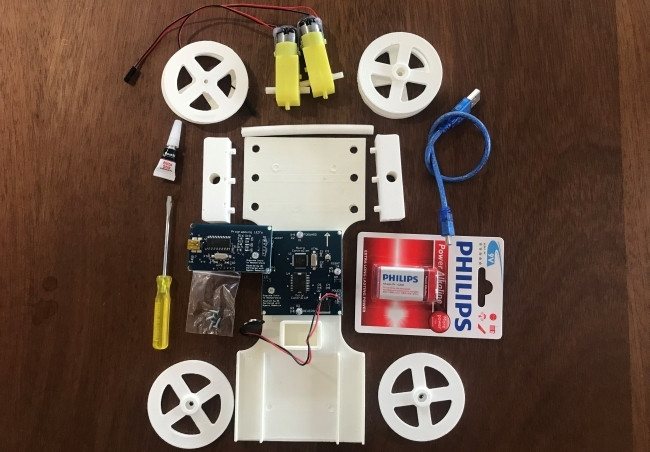
An understanding of how technology works, and not just being able to consume it, will be a critical skill in the new digital economy. This is the view of education company Digicate.
Digicate, in partnership with General Electric (GE), hosted a robotics challenge for South African school children, from grade four to 12, to foster an interest in electronics.
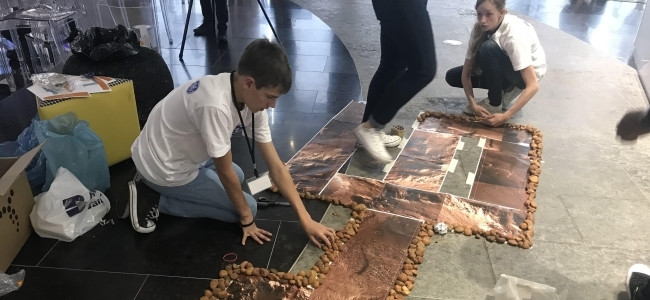
In August, 600 school children from 30 schools across five provinces were given robotics kits and took part in an online course, titled "Intro to Mechatronics, powered by GE Africa". The basic kits included a 3D-printed chassis and wheels, a controller, computer board, and batteries. They were able to add any other of their own elements.
The learners were required to build 'Mars rovers' and program them to drive in particular directions.
Dimitri Quadflieg, founder and CEO Digicate, pointed out that 80% of the entrants were girls. He says this was deliberate and part of the organisation's drive to get more women interested in STEM subjects.
Nthabiseng Jonas, communications specialist at GE, says: "Gender diversity is an important consideration. If we are to bridge the gender gap in STEM industries, programmes that expose young girls to STEM industries and STEM verticals are very important. According to the UNESCO Institute for Statistics, women account for 28.4% in scientific research and development careers. The picture is even bleaker in many other STEM industries and STEM verticals."
Only 45 of the 600 school children were chosen to take part in a second round where they had to bring their 'rovers' to the GE innovation hub in Johannesburg and program them onsite to navigate a course they only were shown on the day.
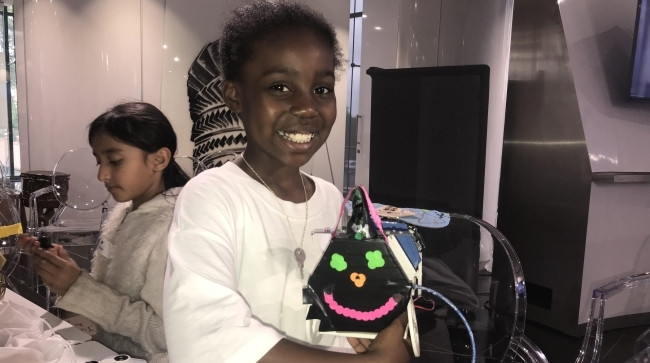
Nine-year-old Nuru Minyuku-Gutto says she wanted her robot to be a mixture of a unicorn and a Pegasus, and very, very sparkly: "Because I love unicorns and the only thing better than a unicorn is a unicorn with wings."
She said she was frustrated when building her robot as the 3D-printed parts did not fit exactly, so she had to cover the sides and use glue.
Quadflieg says elements in the kit were purposely made to not fit so that the learners would be given "real life problems" and were forced to come up with innovative ways to solve them.
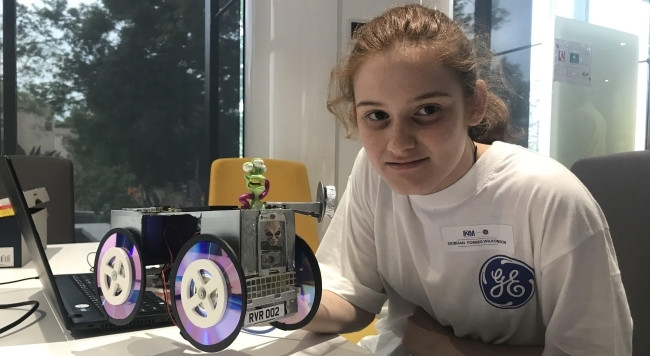
All age groups were given the same tasks to complete and competed against each other.
Siobh'an Forbes-Wilkinson said the first thing she decided when she got the kit was to make the wheels larger, so the bigger diameter would make the rover go faster. She used old CDs to achieve this, and decorated the robot with bits of an old cellphone she had taken apart.
She encountered problems with the wheels rubbing against the chassis and solved it by placing a rubber washer in between.
Her favourite part of the process was programming it to do things. She hopes to go into programming and game development after school.
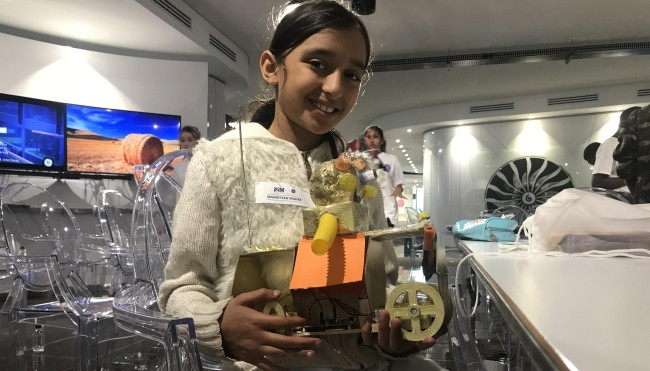
Ten-year-old Mahdiyyah Wadee's main problem was aesthetic, as she did not realise spray paint would melt polystyrene. Eventually she had to overhaul her design and go with cardboard.
She plans to be an engineer when she grows up and now really wants a 3D printer. She says, with it, she could print out her own parts for a flying robot that would bring her hot chocolate in the morning and talk to her when she is lonely.
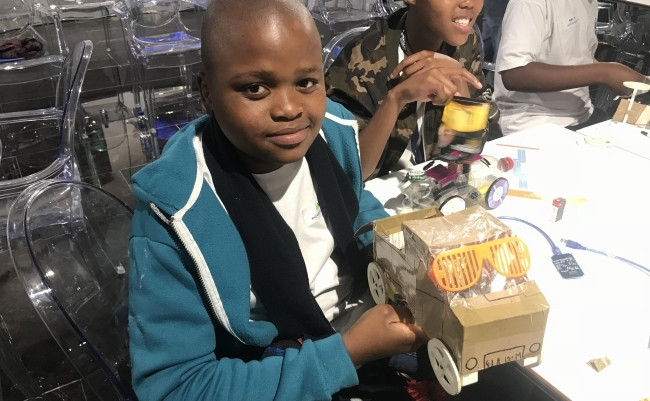
Phomelelo Kganyago used cardboard in his design and plastic sunglasses, because: "It will probably be quite hot on Mars."
He modified his design to have a fan at the back of the rover to hopefully make it go faster.
Kganyago does not plan to go into engineering, but really enjoyed learning about programming and its possibilities.
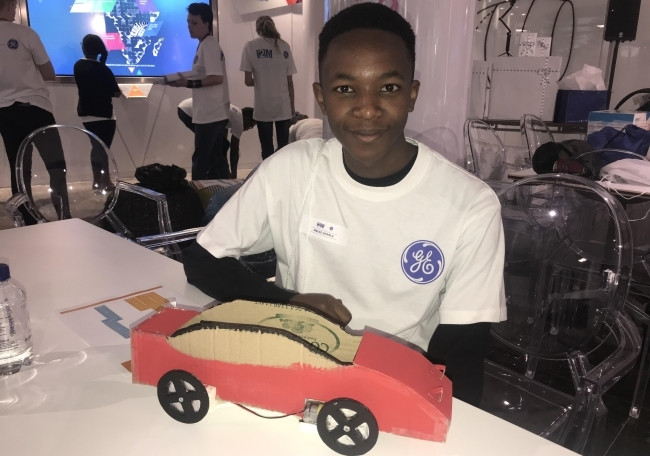
Sixteen-year-old Mbuso Sewela says he chose a car design because it was the simplest thing he could think of.
On building the vehicle, he said it was a process of trial and error: "There are a lot of problems you always have to work around ? like getting wheels to be straight was a real issue and nothing fit exactly."
He plans to go into aviation engineering and thought this course was a good introduction and is excited to keep playing.
Share